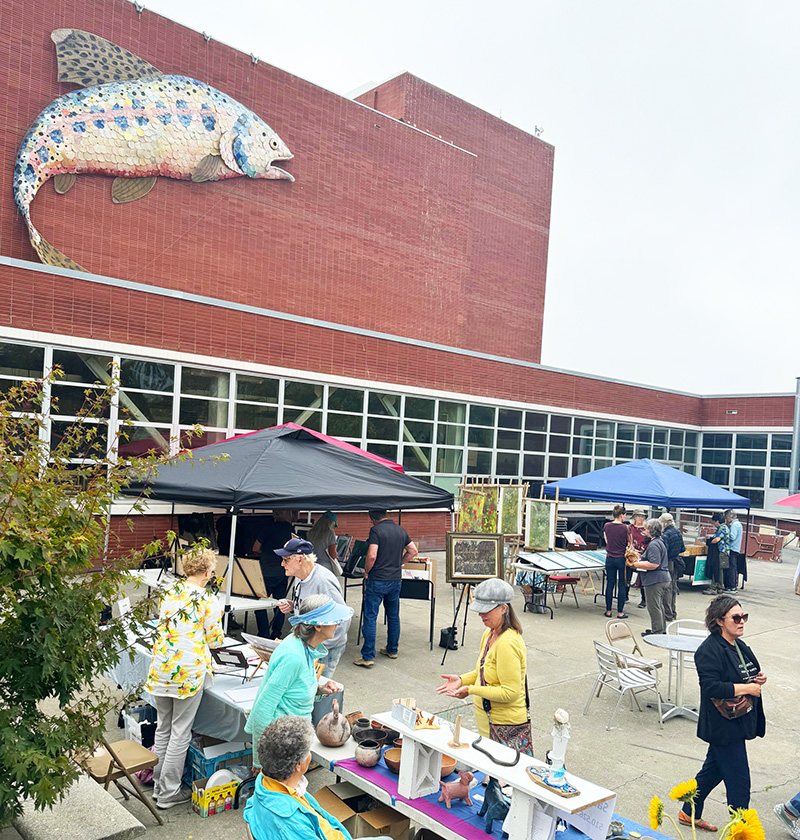Richmondside: What’s up
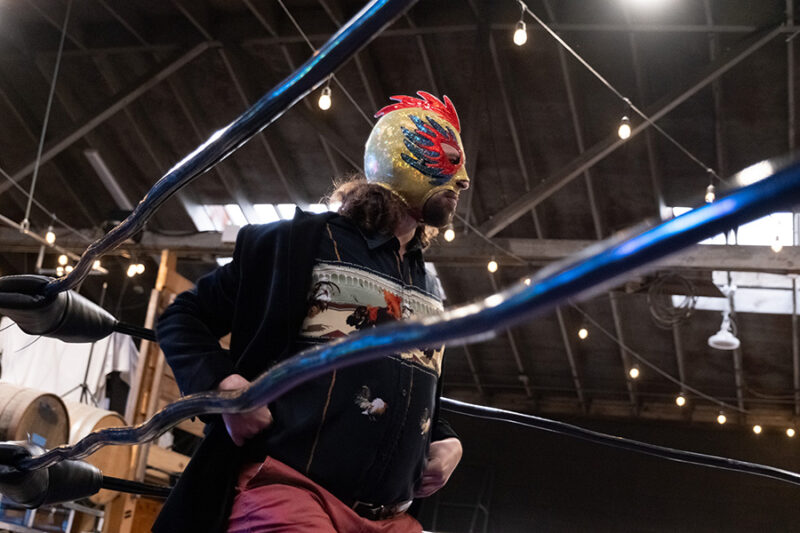
Weblink: https://richmondside.org/2024/09/12/richmond-ca-events-calendar-9-12/ Richmondside What’s up: 1st Richmond-San Pablo Latin American independence parade More events: Return of roller derby, breakfast aboard SS Red Oak Victory ship, live bats at library, shoreline clean-up. by David Mills Sept. 12, 2024, 6:00 a.m. Cont. Coming later this month and next month New art exhibits get a boost from wrestlers Sept. […]
KTVU Fox 2 visits Sentinels & Saviors
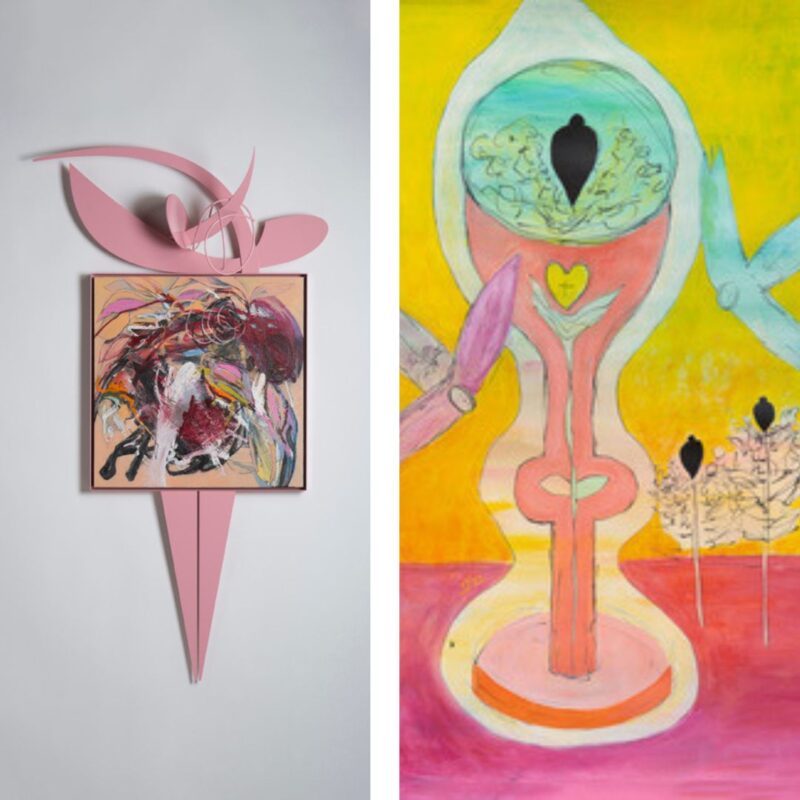
KTVU Fox 2 visits Sentinels & Saviors Courtesy of KTVU Fox 2 television Sentinels & Saviors is on view at Richmond Art Center from September 4 through November 21, 2024.
East Bay Times: Richmond Art Center has opened a new exhibit
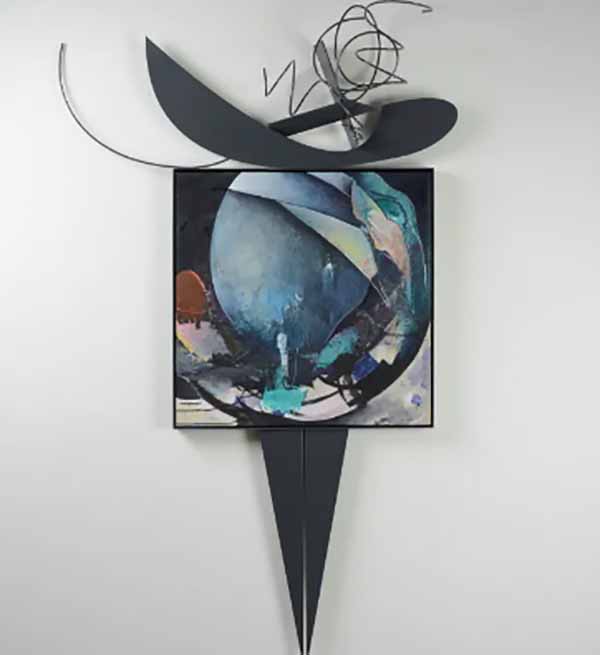
Weblink: https://www.eastbaytimes.com/2024/09/10/snapp-shots-east-bays-bishop-emeritus-cummins-celebrating-50-years/ East Bay Times Snapp Shots: Richmond Art Center has opened a new exhibit Cont. Richmond: “Sentinels & Saviors: Iconic Avatars” is a new exhibition on display at the Richmond Art Center now through Nov. 21 (richmondartcenter.org/exhibitions/sentinels-saviors), featuring the work of Oakland artists Kim Thoman and Joell Jones. They say their goal is to encourage […]
The Richmond Standard: Richmond Art Center features pro wrestlers, upcycled art and more

Weblink: https://richmondstandard.com/richmond/2024/09/05/richmond-art-center-features-pro-wrestlers-upcycled-art-and-more/ The Richmond Standard Richmond Art Center features pro wrestlers, upcycled art and more By Kathy Chouteau September exhibitions at the Richmond Art Center (RAC) will see artistic inspiration derived from a variety of extraordinary sources, including Oasis Pro Lucha Libre wrestlers and Coastal Cleanup Day. An Opening Reception will kick off the month […]
Ricmondside: What’s Up: Labor Day weekend

Weblink: https://richmondside.org/2024/08/29/richmond-ca-events-calendar-aug-29/ Richmondside What’s Up: Labor Day weekend music, trivia night, miniature golf Shows open at Richmond Art Center, weekly pub trivia nights, Latin America Independence parade. by David Mills Aug. 29, 2024, 6:00 a.m. Hello Richmondside readers. Here are some highlights of things to do and know this coming week and beyond. Monday is Labor […]
Diablo Magazine: Top Tickets: Richmond Art Center’s Summer Exhibitions
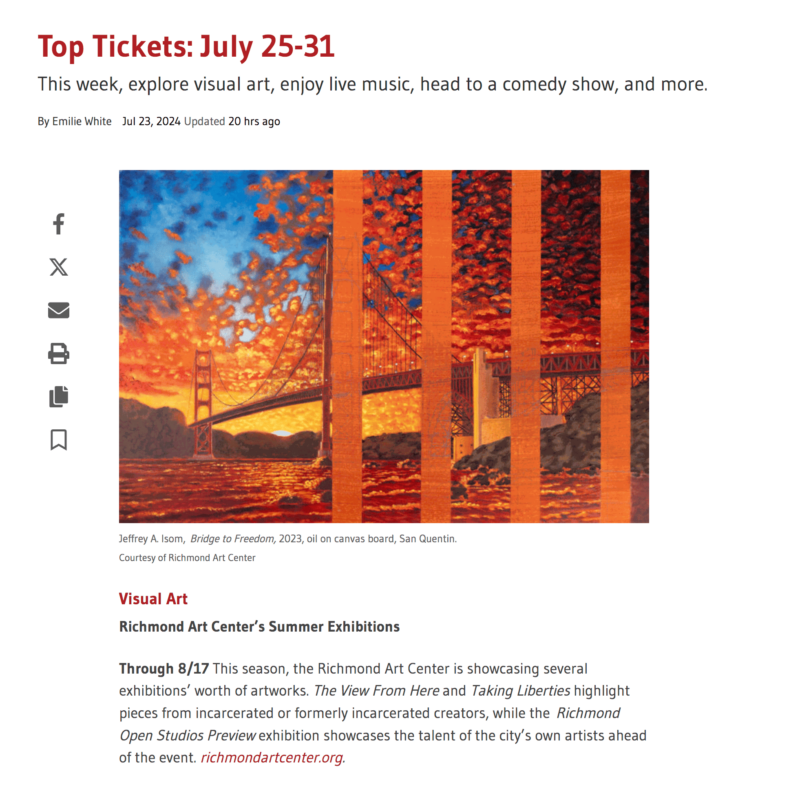
Article weblink: https://www.diablomag.com/blog/top-tickets/top-tickets-july-25-31/article_127da2f8-493b-11ef-8ddb-d76343eddaa6.html Diablo Magazine Top Tickets: July 25-31 By Emilie White Jul 23, 2024 Visual Art Richmond Art Center’s Summer Exhibitions Through 8/17 This season, the Richmond Art Center is showcasing several exhibitions’ worth of artworks. The View From Here and Taking Liberties highlight pieces from incarcerated or formerly incarcerated creators, while the Richmond Open Studios Preview exhibition showcases the talent of […]
Richmond Confidential: ‘The View From Here’ art exhibit offers prisoners’ perspective of the world
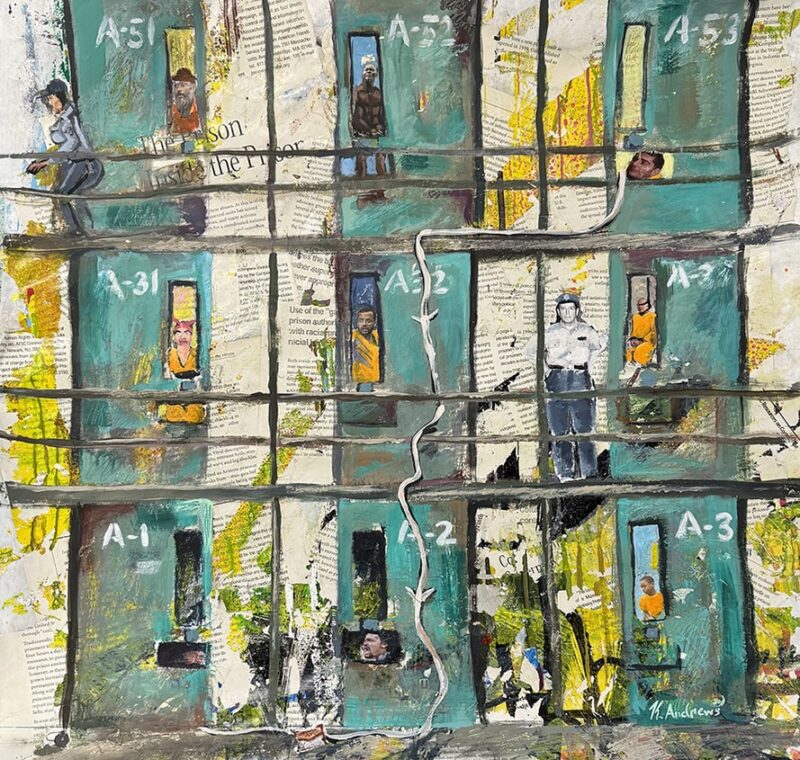
Article weblink: https://richmondconfidential.org/2024/07/06/richmond-art-center-view-from-here-art-exhibit-offers-prisoners-perspective/ Richmond Confidential ‘The View From Here’ art exhibit offers prisoners’ perspective of the world Choekyi Lhamo on July 6, 2024 Eduardo Ramirez, a Philadelphia-based mural artist, was incarcerated for 27 years in a Pennsylvania prison for a crime he did not commit. Since he was exonerated in November, Ramirez has found solace in making […]
Richmondside: Richmond Open Studios: Art ‘crocheted’ from cassette tape, black-light reactive pieces

Article weblink: https://richmondside.org/2024/06/14/richmond-art-center-open-studios-summer-2024/ Richmondside Richmond Open Studios: Art ‘crocheted’ from cassette tape, black-light reactive pieces Nearly 50 artists participating in Richmond Art Center Open Studios; Preview Exhibition opens July 3. By Janis Hashe June 14, 2024, 7:19 a.m. Don’t miss Richmond’s biggest stories. Sign up to get the Richmondside Report sent straight to your inbox every Thursday […]
East Bay Express: Home Is Where the Art Is
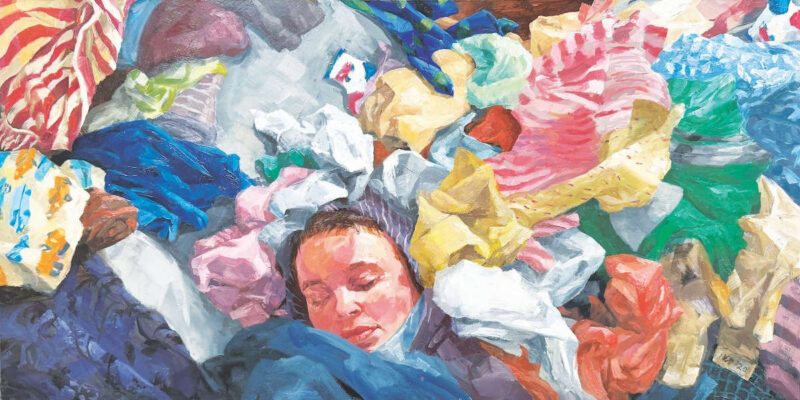
Article weblink: https://eastbayexpress.com/home-is-where-the-art-is/ East Bay Express Home Is Where the Art Is Exploring ‘home’ at Richmond Art Center By Janis Hashe Jun 4, 2024 The concept of “home” is baked into human DNA. “There’s no place like home,” says Dorothy as she clicks her heels to return to Kansas. But, wrote seminal American writer Thomas […]
KQED Arts: Your Guide to This Summer’s Not-To-Miss Visual Art
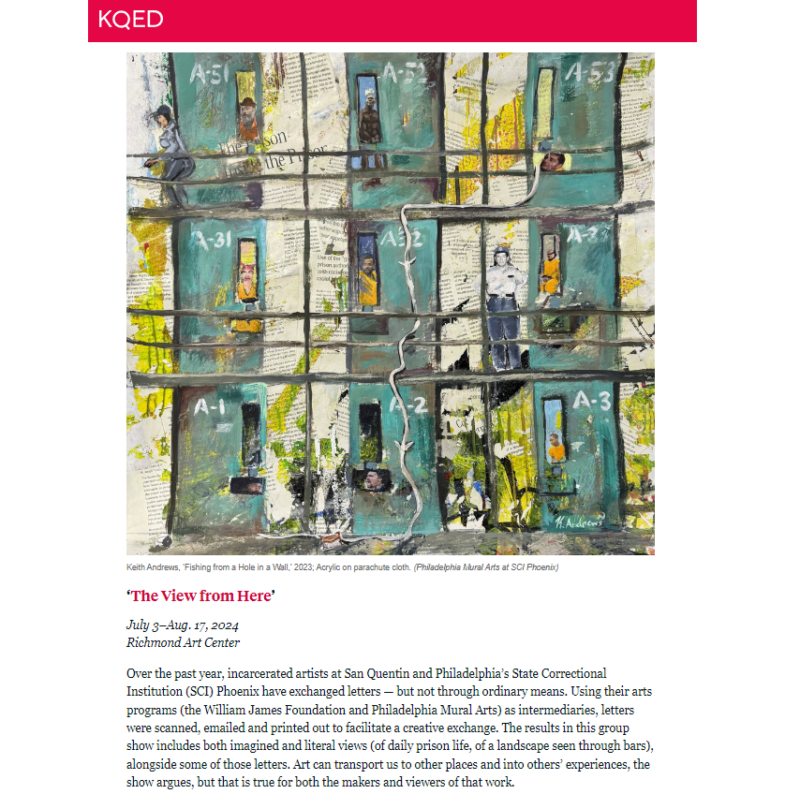
Weblink: https://www.kqed.org/arts/13957410/visual-art-guide-summer-2024-galleries-museums KQED Arts Your Guide to This Summer’s Not-To-Miss Visual Art By Sarah Hotchkiss | May 13, 2024 [Excerpt] Every year, it’s a struggle to whittle this list down to a select few. There’s simply so much happening in art spaces across the Bay Area. For 2024, I’ve plotted out an ideal summer, full of inventive […]

